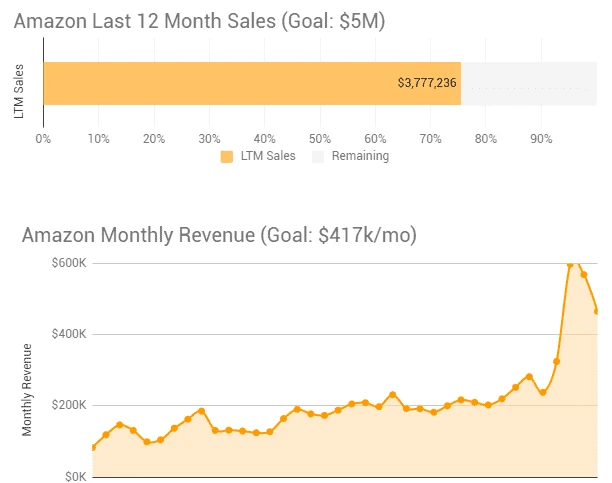
Here’s the current Gorilla ROI Amazon sales progress. To see the interactive version, go to our income reports page.
Note: These monthly updates are for educational purposes.
Article Summary (TL;DR)
✅ Explore the performance metrics and milestones achieved in May & June for our FBA business.
✅ Gain insights into the challenges faced and lessons learned during the month, highlighting opportunities for improvement and future growth.
✅ Learn about the strategies implemented to drive sales growth, including inventory management, pricing optimization, and marketing efforts.
This update combines May and June. Even if no one reads this, I prefer to write it after each month as it also helps to document our journey – what is working and what isn’t.
I’ve always found it helpful to have a work diary. Helps to show how the business is going, whether the same mistakes are being made, whether we are growing and learning as a team.
Even something as simple as setting a revenue goal. Late last year while updating this site, I put up the Amazon income report page and set the goal to share our journey towards $5M in sales.
Who knew that we’d hit that this year. Even with the sales stablizing from the peak, we should be hitting $5.5M this year. Well above the $2.5M we did last year.
Here’s my agenda for this update.
- Supply chain management
- What’s clearly working for us
- Importance of reducing technical debt
- SEO improvements
But first the numbers.
May stats
- $568k in sales
- 196% growth from the same month last year
- -5% growth from last month
- Conversion rate of 26%
- Turned off all PPC for best sellers and related variations
- FBM slowed down to 30 a day – phew
- ACoS rose to 16.8%. Normally 25-30% before COVID.
June stats
- $465k in sales
- 155% growth from the same month last year
- -18% growth from last month
- Conversion rate of 25%
- PPC turned back on near the end of the month
- ACoS rose to 20%. Normally 25-30% before COVID.
- Operating margins at 33% – highest levels in company history
Q2 KPI performance
This is my list of my KPIs (Key Performance Indicators).
The watermark is my benchmark. It’s not static. If we have a really good couple of quarters, the watermark gets higher as I want to keep aiming higher.
Our Q2 was stellar compared to the previous year and hit close to all of my targets.
- Gross profit in Q2 was 45%
- Amazon ads was way down to 6.7%
- Big reductions in ad spend and increase in margins led to much lower expenses of 11%
- Operating margin of 35%
May & June supply chain management
May and June were fairly quiet compared to April. Because there was so much activity in April, May and June felt “calm” although it was far from it.
Once you go through hard times, everything else seems easy or less of an issue.
The biggest theme over the two months was stretching out inventory while waiting for our POs to be delivered. If we had enough stock on hand I’m sure we would have been able to cross the $600k threshold. But with the whole supply chain in havoc, there’s nothing more I could have done.
Our hands were tied by one manufacturer where they started cutting down our order quantities and delaying our shipments as they wanted to focus on their “important customers”.
Great way to tell your customers they aren’t important.
Anyways, the lead time for this manufacturer went from 2 weeks to 6 weeks with our days of inventory at four weeks. I couldn’t take it any longer and kept calling and texting the account manager.
Pestering works.
If big sales are at stake, getting some egg on my face is a small price to pay for the business to keep churning.
Boy, was I happy when I got the shipment.
I didn’t want to lose all the momentum we had built up during the earlier months where competitors were dropping out. Taking over their position in the search results and then keeping that momentum is huge.
Once you get it, you have to do everything to not lose it.
I’ve written on this many times, and reiterated the big mistake of going out of stock on a competitive platform like Amazon is excruciating expensive.
To get your product ranking high, you invest a lot of time and money into:
- PPC
- advertising on other channels
- creating sales funnels
- launches
This isn’t a few hundred dollars.
If you go out of stock, competition takes over your position, and if they start selling just as well thanks to your expense, why would Amazon suddenly drop their product in the results (unless their conversions and defect rates are horrible) and promote yours again?
There’s a silly mention that closing your listing “preserves” your rank.
It doesn’t.
Best Seller Rank (BSR) is a dynamic number based on the units sold in the category. If you sell nothing because you are out of stock, Amazon is not going to hold your place in line.
Rather than picking up where you left off, when inventory hits Amazon management system again, you’ll have to
- increase PPC bids
- create some new ad campaigns to attract more attention
- may have to pay for launches again if it’s a new product and you are out of stock for several months
That’s why I hate going out of stock and would rather lower the velocity by:
- increasing prices slightly (10-20% depending on product)
- drastically cut bids on PPC
- or turn it off completely
These 3 factors alone stabilized sales. Down from 600-800 units a day to 350-400. Such a shame to suppress sales so much, but better than going out of stock.
The bright side is that the big reduction in PPC has fattened our margins and it feels great to see our cash cushion grow and be prepared if another disaster comes along.
What’s Working This Year
We were lucky.
But I believe that the work we put in leading up to this year helped us be lucky.
At the end of last year, I shared our plans of how we focused on creating variations/bundles of products that were already high performing sellers.
Horizontal is where we come with a line extension that is similar in terms of price and quality. This could be a different color, size or scent.
Vertical extension is to create a cheaper or more expensive version.
The beauty is that we know the parent product will sell because it is already high in demand.
We just package it differently for people who are looking for an entire kit or combination with something else they are likely looking for.
If the bundle doesn’t work out, we kill it and try another combination, or fall back and sell the product on its own again.
This massively increased the utilization of a single product.
If I was selling red socks and selling 100 pairs a month. By combining it with a tie, or a blue sock, the red sock is now selling 300 total pairs a month with higher margins.
The downside is that this type of kitting creates a lot of dependencies. If the new bundle is a hit, other components of the kit must be in stock too.
However, the end result is that without having added any “new” products this year, the increase in listings and visibility on Amazon is helping us scale without big investments. Everything is falling to the bottom line as you can see in my KPI spreadsheet where operating margins came in at 35%.
If you aren’t thinking of ways to create bundles, you are missing out on big and easy wins with minimal effort. It requires much less effort to create and test bundles and variations than create and launch new products.
- you have existing products
- you have images and other marketing assets
- you have the copy
The only work is kitting it and creating listings.
Reducing technical and operational debt
What is technical and operational debt?
When you are single, you can live comfortably in a 1 bedroom place.
But then you get married, and all of a sudden you have 3 children.
Technical and operational debt is like never having moved out of that 1 bedroom apartment as the family grows. You just keep throwing things in the corner and continue to live with it as the mess accumulates.
When you are small and a 1 man shop, it’s so easy.
- Spend 60% of your time on Jungle scout or some other scouting software
- Message manufacturers on Alibaba
- Create a simple spreadsheet here and there
- Download data from Amazon and copy it over
- Create and update listings
- Learn PPC
- Send in about 30-100 units at a time
But then as you grow, employees, leases, space, information, contacts, and your “simple” systems and spreadsheets explode out of control – and you don’t realize what is happening under your nose because you are swamped.
Your processes, data and spreadsheets have gone from puppy cute to hound dog drool that no one wants to touch. It’s linked in so many places with many other spreadsheets that one mistake is all it takes to crash the whole thing – and there’s only one person who seems to know how to fix it.
The csv exports from Amazon is now 50MB in size with 100,000 rows of data.
You have to send in pallets worth of stuff and keep on top of thousands of SKUs and hundreds of shipments.
Thankfully, the beauty of the Amazon FBA model is that technical debt is very low and lean.
- You focus on your core competency of developing, sourcing and ordering products
- Fulfillment is done by Amazon
- Manufacturing is done elsewhere
But that doesn’t mean there isn’t much you have to worry about.
Here are some examples of us paying down our technical and operational debt so that we don’t get bogged down as time passes.
- During periods where we are drawing down on inventory and the warehouse is somewhat empty, we have to reposition and organize inventory so that it’s not in 3 different places – improve efficiency
- Our team must regularly delete old spreadsheets and data that is not used – cleaning up mess
- Company wide spreadsheets cannot be created where only 1 person knows how to maintain it. Must be simplified – prevent knowledge hoarding
- A shared email is used by all to create shared accounts – prevent knowledge hoarding, bureaucracy and politics
- Automate and delegate tasks that are not focused on the business objectives – reduce time utilization and “busyness”
- Cleaned up and improved our onboarding process for new hires. Keeping the message consistent and easier to get new hires up and running – improve efficiency
- Increase how often we update our ecommerce sites. Now scheduled monthly instead of quarterly and then breaking it each time – prevent fire fighting that eat up and take time away from planned work
This is a short list of 7 items we’ve been proactively doing to make work easier. There’s nothing worse than working to try and get work done.
If this topic and big picture stuff is something you want to know more about, a couple of fun books on the topic are The Phoenix Project and The Unicorn Project.
Because Amazon sellers are the business type, this is the perfect book to make you think about your business from a higher level.
SEO paying off for online store
In case you haven’t noticed. I like to dig into technical and operational stuff. As much as advertising on FB for product launches and Manychat is the “hot” item at the moment, I’ve always liked SEO because of its long term advantages and durability if done right.
Rather than constantly creating ad campaigns and trying to outbid and outsmart other people, I like the boring method of writing very detailed quality posts (like all the stuff you see on the Gorilla blog) and make it rank high in Google results.
I’ve created a process for editorial publishing and have offloaded it to my team. Works great and they are doing great with it.
The results are showing as we continue to creep up the rankings for some competitive keywords. Granted, you have to have great copy and landing pages for visitors to convert.
I’m continuing to invest in this area so that it can become stronger and long term core competency for our business.
Wholesale and our online store orders
Another two months with no wholesale orders…
Some new inquiries trickled in, but nothing came of it.
Looks like my retail customers are really suffering. A truly sad year for small mom and pop businesses. I hate to see fellow small businesses go out of business for reasons out of their control.
Online store sales is still immaterial compared to Amazon, but SEO is bringing in more traffic and sales are increasing.
Average order value is 2x higher than Amazon and even though we offer free shipping, the margins beat the pants off Amazon.
Another reason why we are focusing more on SEO and direct to consumer sales.
Walmart continues to do well and I want to get on other platforms, but it’s been a pain trying to list on multiple channels without signing up for BS listing software that want to charge based on GMV (Gross Merchandise Value).
It’s the most destructive and greedy pricing scheme. Why would you give away a percentage of your top line sales to a service that leeches off your success?
I’m in the researching phase of identifying what is needed to develop my own multi channel listing software.
- Amazon
- Etsy
- Walmart
- Ebay
The way it will be different is that I don’t care about making it a jack of all trades. It would be a pure play software for managing listings only. Updating product info, pricing and content.
Nothing fancy. Just to the point. And being the best at that one thing.
Interested?
New updates and tutorials
We’ve published some awesome tutorials and spreadsheets for you.
- NEW: Demand forecasting and planning to skyrocket your online business
- NEW: Using the Amazon Fee Calculator to maximize profits
- NEW: Break-Even calculator and formula for Amazon online sellers
More free Amazon FBA spreadsheets for all
I’ve brought on another spreadsheet nerd to the team to make more templates for you. More PRO spreadsheets are being added and more free Amazon spreadsheets are being created too.
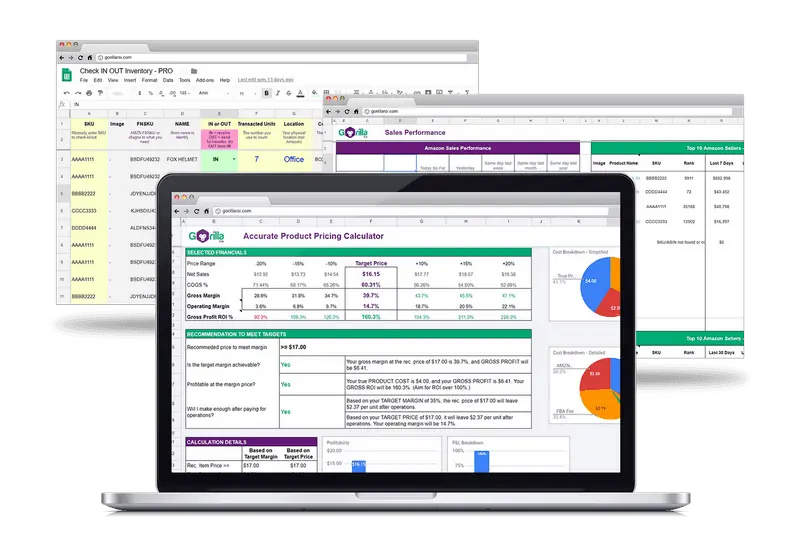
You can download it immediately without having to sign up for anything.
Just copy straight to your account.
If you want to get updated data straight into your own Google sheets, you can use Gorilla ROI. It makes work so easy when you don’t have to manually update data or log into accounts constantly and wasting time.
Comments
Related Posts

10 Profitable Product Categories for Amazon Affiliates 2025
What you’ll learn Amazon is a favorite for experienced and…

Unlock the Secret to a Profitable Automated Amazon Store: How to Build a Hands-Free Income Stream
Ever dreamed of running a profitable Amazon business while sipping…

Master Amazon New Restricted Keywords: A Seller’s Guide to Success
Changes to Amazon’s restricted keywords list have taken a lot…
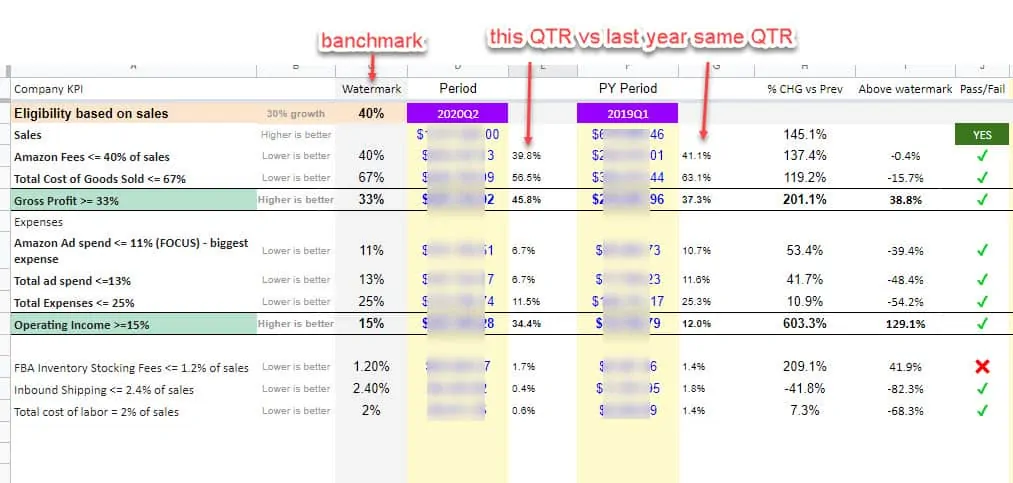
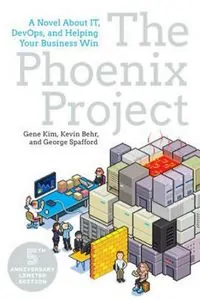
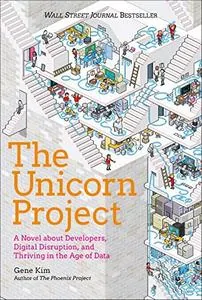

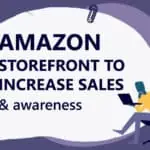





Leave a Reply